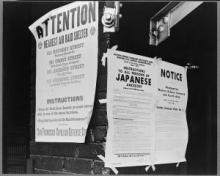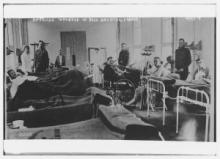Emerging America has two teacher-assembled sets of primary sources that offer rich detail and related classroom activities to engage student inquiry about Japan’s attack on Pearl Harbor in Hawaii on December 7 and the events that followed.
Eugenics: Preoccupation with Genetic Fitness and Threats of Difference & Disability
The Eugenics movement in the early 20th century United States, a pseudo-scientific amalgamation of social Darwinist philosophy and animal breeding management, gained widespread approval across the country and influenced many internationally, most notably in the the Nazi racial policies of the era leading up to World War II.




